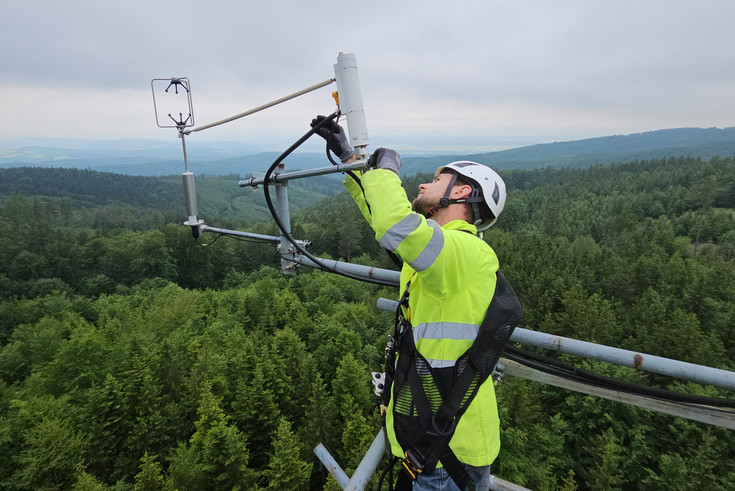Research

At Lehrforst Rosalia, we are committed to understanding forest ecosystem functioning in a changing world. To achieve this, we envision Lehrforst Rosalia as an open-air laboratory, where long-term ecological monitoring is complemented by targeted manipulations (e.g. simulating future climatic conditions). This dual approach establishes a robust foundation for conducting both basic and applied state-of-the-art research.
The Lehrforst Rosalia is equipped with an extensive research infrastructure, featuring specialized stations that focus on specific aspects of the forest ecosystems, while contributing to an integrated, holistic research approach. As a regular eLTER site, we investigate all ecosystem spheres: geosphere, hydrosphere, atmopshere and biosphere.
